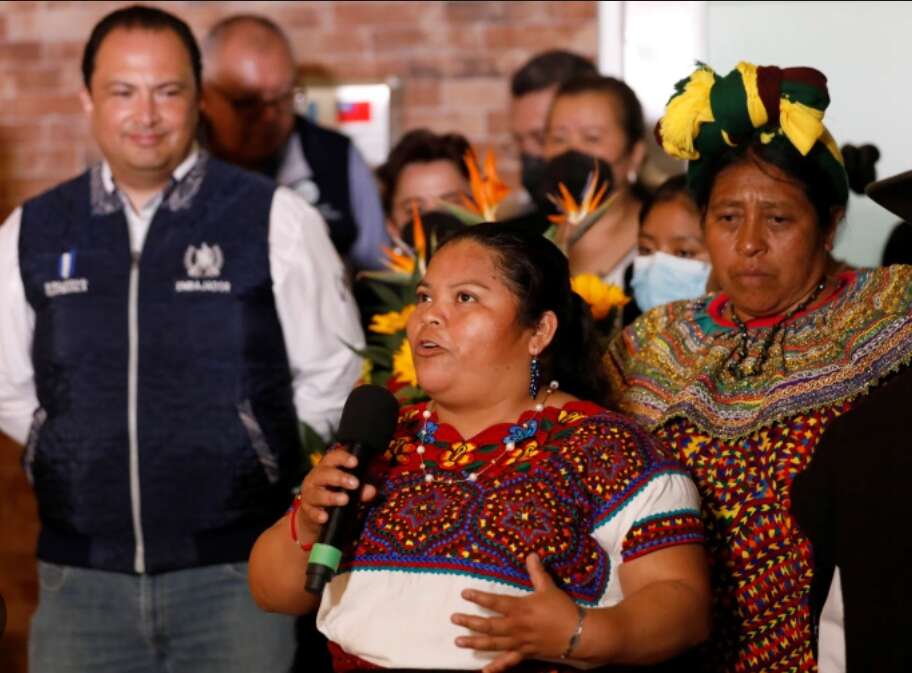Indigenous Migrants Battle Unique Hurdles in US Immigration System Amidst Policies Limiting Access to Asylum
These unique challenges highlight the urgent need for comprehensive policies that address the specific needs and rights of Indigenous peoples seeking asylum.
As the United States continues to enact policies that restrict access to asylum, Indigenous migrants have expressed concerns about the severe impacts these policies have on their communities.
Indigenous people face numerous obstacles, including language barriers, discrimination, and violence, which often go unnoticed in discussions about immigration.
Indigenous advocacy organizations highlight the urgent need for asylum as Indigenous communities face displacement from climate change and violence related to opposition to industrial projects on ancestral land.
The US administration, under President Joe Biden, introduced policies earlier this year to deter irregular border crossings, rendering most individuals arriving at the border ineligible for asylum.
These policies have been criticized as transit bans and have been compared to previous measures implemented by the Trump administration.
Migrants and asylum-seekers traveling through Central American countries often experience violence and exploitation, making their journey even more perilous.
In June, 143 immigration and human rights groups urged the Biden administration to show flexibility in processing Indigenous asylum claims. They emphasized that Indigenous peoples should not be subject to the asylum ban because of the mistreatment they experience in transit countries.
Indigenous individuals face discrimination based on their identity, which heightens the risks they face during migration. They often abandon traditional clothing patterns and language to avoid drawing attention to their Indigenous identity. Language barriers further exacerbate the vulnerability of Indigenous migrants.
For instance, Indigenous people may struggle to communicate with officials or find legal representation during immigration proceedings. The increasing use of the CBP One mobile application has also presented challenges for Indigenous migrants, as the app does not include Indigenous languages.
Applicants can request exemptions from the app based on language, but they must prove that they were unable to complete the process with the help of a third party. Though the Biden administration has acknowledged language barriers in the immigration system, its memorandum does not apply to all agencies or address the limitations of the CBP One app.
Indigenous communities also face violence and displacement due to colonization and industrial projects. Indigenous people make up a significant proportion of land and environmental defenders who face fatal attacks. Studies have shown that Indigenous individuals are at a higher risk of being killed relative to their population size.
As conflicts over ancestral lands escalate, Indigenous activists are targeted, leading to violence and displacement. Climate change exacerbates the challenges faced by Indigenous communities, who rely on their immediate environment for basic needs. Displacement caused by climate change and the depletion of




